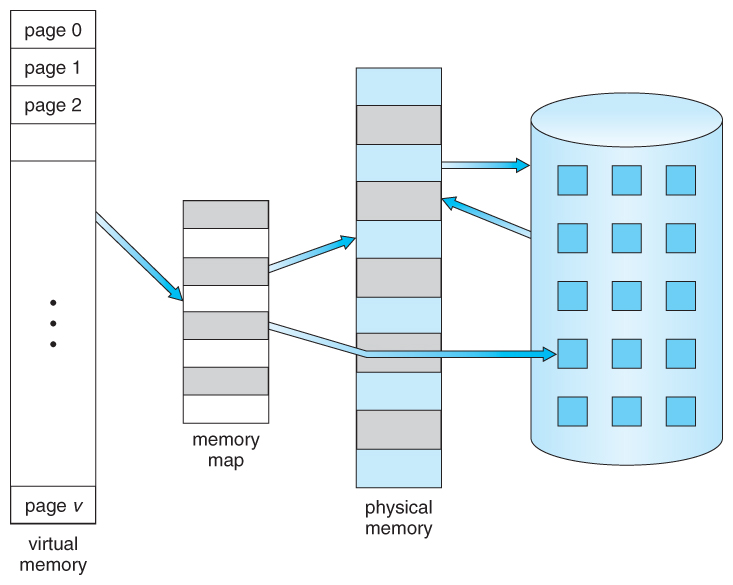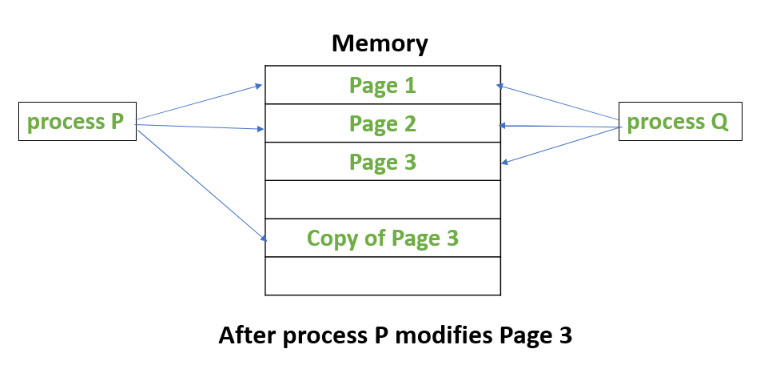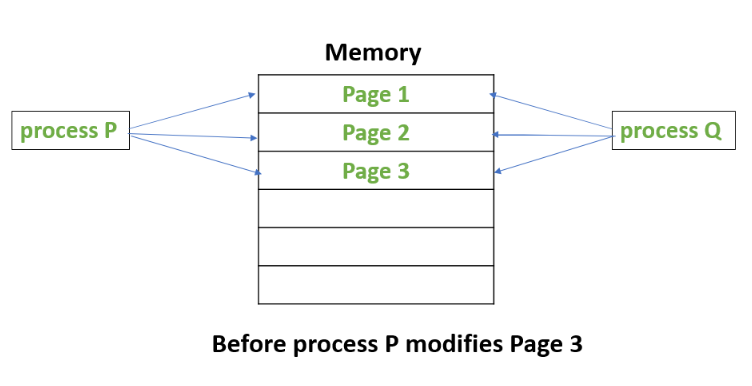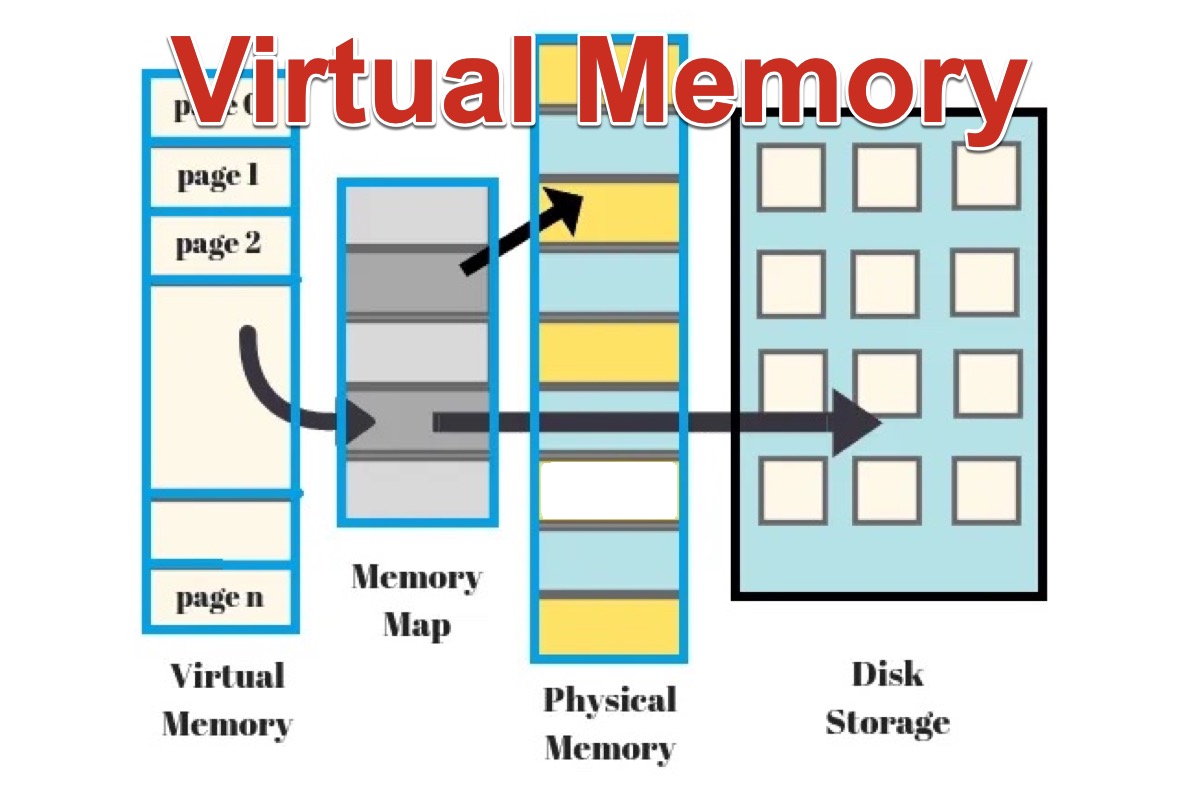Copy on Write Virtual Memory
Parameter 2 is the FaultingAddress. So in this case the VMM will create a file on the hard disk that is 250 MB in size to store extra memory that is required.

Operating Systems Virtual Memory
In that case however the memory copy from device to host issued to.

. The run time mapping between Virtual address and Physical Address is done by a hardware device known as MMU. The kernel can intercept memory references by marking PTEs invalid or read-only leading to page faults and can change what addresses mean by modifying PTEs. VCCS - Virginias Community Colleges.
When analysing Linux memory usage you should know how Linux uses Virtual and Resident MemoryVirtual Memory on Linux is to be taken literally. The OS will then set up 250 MB of virtual memory and use a program called the Virtual Memory ManagerVMM to manage that 250 MB. This implies that read operations read file data from an area in system memory known as the system file cache rather than from the physical disk.
It keeps track of available and used memory. This reservation appears as reserved virtual memory but does not occupy any physical memory until the program actually allocates memory. In UNIX like OS fork system call creates a duplicate process of the parent process which is called as the child process.
In the process of performing a write the referenced virtual address is mistakenly marked as copy on write. The virtual address for the MDL was unexpectedly asynchronously unmapped midway through the call to build the MDL. Parameter 3 is the PTE.
Correspondingly write operations write file data to the system file cache rather than to the disk and this type of cache is referred to as a write-back cache. The idea behind a copy-on-write is that when a parent process creates a child process then both of these processes initially will share the same pages in memory and these shared pages will be marked as copy-on-write which means that if. Currently my RHEL 7 Linux has 128GB of Total Physical Memory grep MemTotal procmeminfo MemTotal.
Caching is managed per file object. Copy-on-Write Fork for xv6 Virtual memory provides a level of indirection. It is a non-existing amount of memory that the Linux kernel can be referred to.
There is a saying in computer systems that any systems problem can be solved with a level of indirection. Write-combining memory frees up the hosts L1 and L2 cache resources making more cache available to the rest of the application. Parameter 2 is the MDL Parameter 3 is the PTE pointer.
In memory management the Operating System will handle the processes and move the processes between disk and memory for execution.




No comments for "Copy on Write Virtual Memory"
Post a Comment